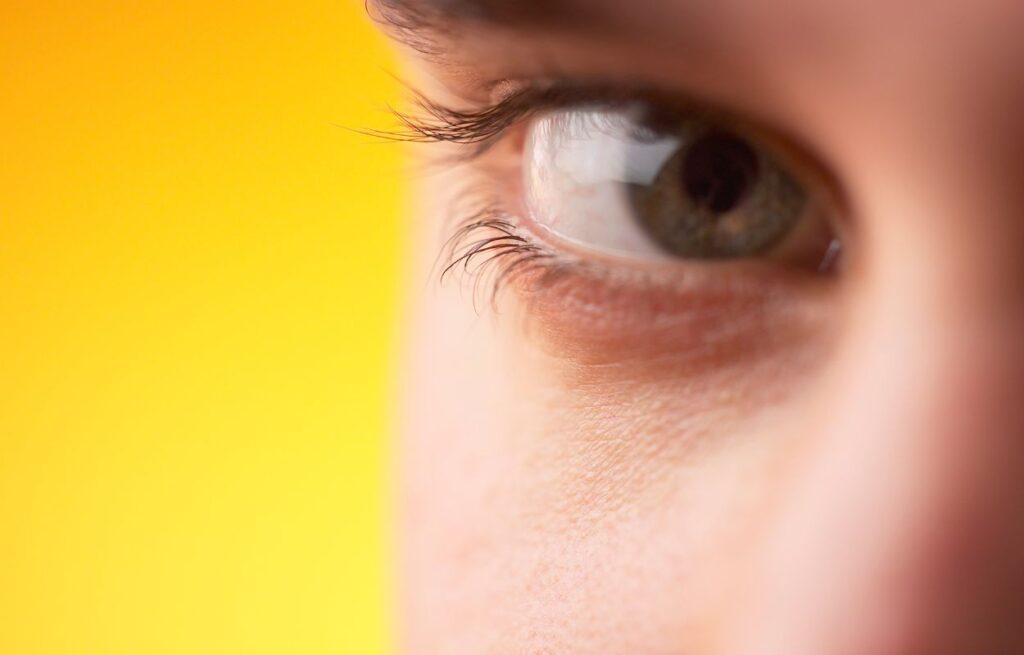In the dynamic world of on-camera acting, where every subtle expression matters, mastering the art of eye-lines is crucial for creating authentic connections with the audience. While it may seem like a simple aspect of acting, the way an actor uses their eyes can significantly impact the overall effectiveness of their performance. In this blog post, we will delve into the importance of eye-lines in on-camera acting and explore practical tips to enhance this essential skill.
THE POWER OF EYE-LINES
The eyes are often referred to as the windows to the soul, and in on-camera acting, they play a pivotal role in conveying emotions, thoughts, and intentions. Effective use of eye-lines can draw the audience into the character’s world, creating a more immersive and engaging viewing experience. Whether it’s a close-up shot or a wide-angle scene, the eyes can communicate volumes without uttering a single word.
ESTABLISHING CONNECTION WITH CO-ACTORS
On-camera acting is a collaborative effort, and establishing a strong connection with co-actors is crucial for delivering a compelling performance. Paying attention to your co-actors’ eye-lines and reciprocating accordingly helps build a seamless and natural interaction on screen. Maintaining eye contact not only enhances the chemistry between characters but also reinforces the authenticity of the narrative.
NAVIGATING BLOCKING AND FRAMING
Understanding the technical aspects of on-camera acting is essential for optimizing eye-lines. Actors must be aware of the camera’s position, framing, and blocking to ensure that their eye movements complement the overall visual composition. By aligning eye-lines with the camera’s perspective, actors can guide the audience’s focus and contribute to the storytelling process effectively.
EXPRESSING EMOTIONS THROUGH THE EYES
On-camera acting demands a nuanced approach to conveying emotions, and the eyes serve as a powerful tool for expressing a wide range of feelings. Whether it’s joy, sadness, fear, or love, subtle variations in eye movement, gaze, and intensity can amplify the emotional impact of a scene. Actors should practice emoting through their eyes, allowing the audience to connect with the character on a deeper, more visceral level.
THE CHALLENGE OF MONOLOGUES
While dialogue delivery is a significant aspect of on-camera acting, monologues pose a unique challenge where the actor must captivate the audience without direct interaction with co-actors. In such instances, the strategic use of eye-lines becomes even more critical. By maintaining a connection with an imaginary audience or focal point, actors can overcome the absence of direct interaction and deliver a compelling monologue.
BUILDING CHARACTER DEPTH
Developing a character goes beyond memorizing lines and hitting marks; it involves embodying the persona from head to toe. When it comes to on-camera acting, the eyes play a central role in conveying the character’s inner world. Actors should explore how their characters perceive the environment, engage with others, and express their unique perspectives through intentional and authentic eye movements.
In the realm of on-camera acting, mastering eye-lines is an art that elevates performances from good to exceptional. By understanding the power of eye contact, navigating technical nuances, and expressing emotions through the eyes, actors can forge deeper connections with their audience. Aspiring actors, take note – the eyes are your most potent tool in the pursuit of authenticity and impact in on-camera acting.

